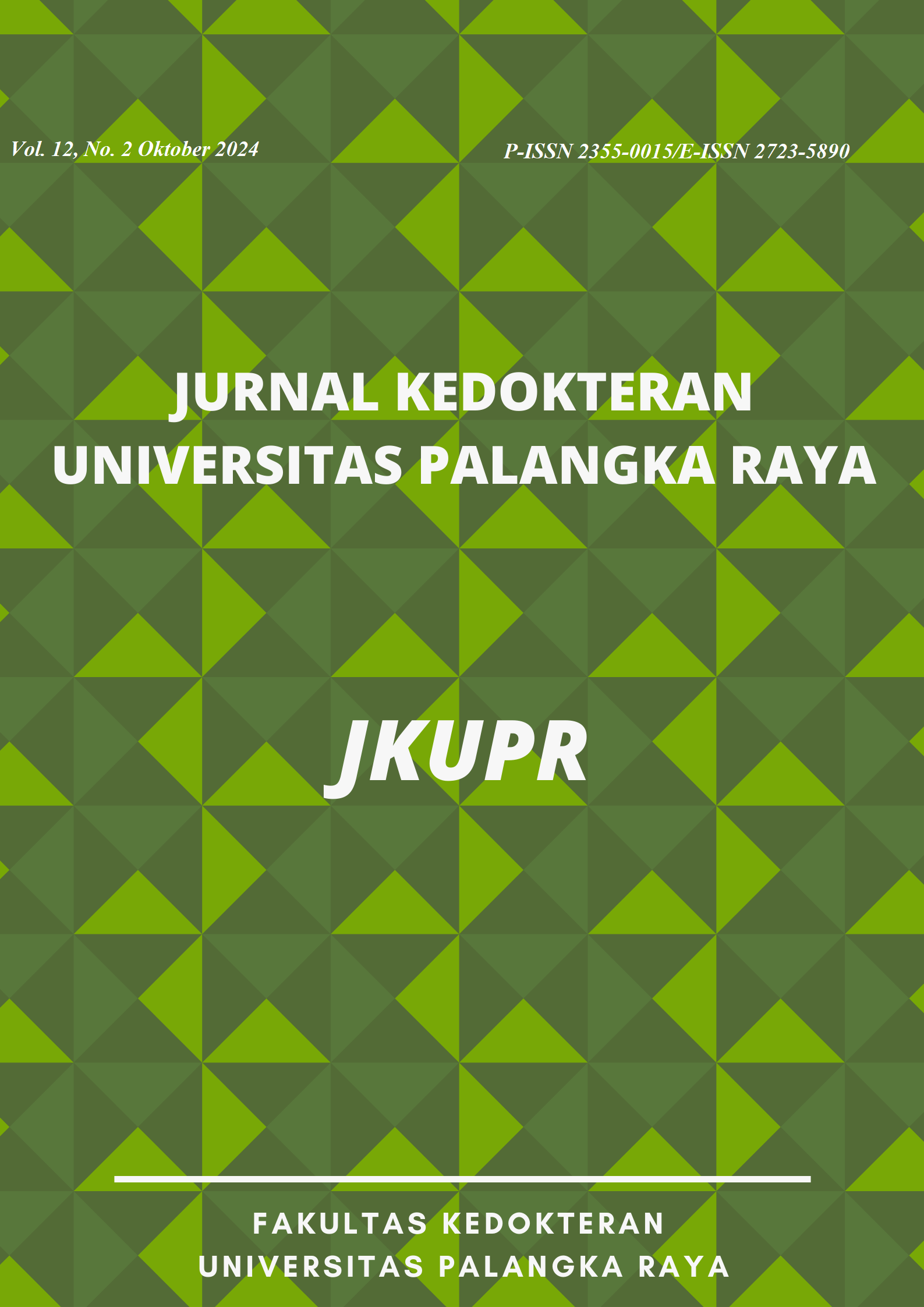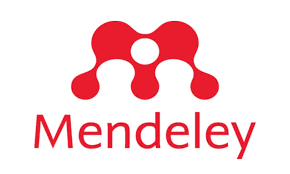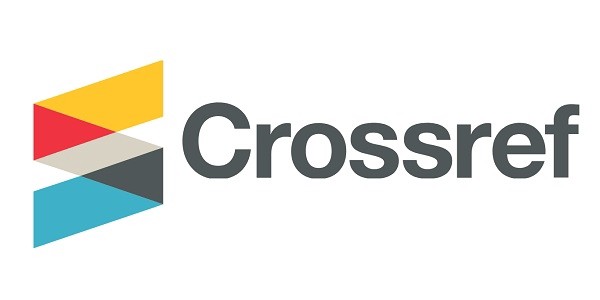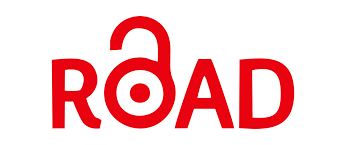Skrining Fitokimia Tumbuhan Potensi Obat Kanker Kolorektal Begonia Medicinalis Ardi & D.C. Thomas
DOI:
https://doi.org/10.37304/jkupr.v12i2.13207Kata Kunci:
Kanker Kolorektal, Begonia medicinalis Ardi & D.C. Thomas, Flavonoid, Alkaloid, SaponinAbstrak
Cancer is a condition in which cells or tissues undergo abnormal progressive growth. Colorectal cancer is cancer that occurs in the colon to rectum organs of humans. Alternative therapy for colorectal cancer treatment is the use of herbs such as Begonia medicinalis Ardi & D.C. Thomas. This study aimed to screen the bioactive compounds in the Begonia medicinalis Ardi & D.C. Thomas. extract and its potential as a colorectal cancer drug. This research consists of two stages, namely the extraction stage using the maceration method and the screening stage. The results showed that the extract of Begonia medicinalis Ardi & D.C. Thomas. positively contains flavonoids, alkaloids, and saponins. These bioactive compounds have potential activity as preventive and curative agents for colorectal cancer through several mechanisms, including suppressing oxidative stress, inhibiting CDK activity, suppressing intestinal inflammation, and increasing floranormal diversity and probiotic barrier activity in the intestine.
Unduhan
Referensi
Rahmah W. Potensi Tanaman Mangrove Sebagai Agen Antikanker: Literature Review. Jurnal Penelitian Farmasi Indonesia. 2021 Jun 25;10(1):12–6. https://doi.org/10.51887/jpfi.v10i1.1168.
Bray F, Ferlay J, Soerjomataram I, Siegel RL, Torre LA, Jemal A. Global cancer statistics 2018: GLOBOCAN estimates of incidence and mortality worldwide for 36 cancers in 185 countries. CA Cancer J Clin. 2018 Nov 12;68(6):394–424. https://doi.org/10.3322/caac.21492.
Siegel RL, Miller KD, Goding Sauer A, Fedewa SA, Butterly LF, Anderson JC, et al. Colorectal cancer statistics, 2020. CA Cancer J Clin 2020;70:145–64. https://doi.org/10.3322/caac.21601.
Susanty A, Dachriyanus D, Yanwirasti Y, Wahyuni FS, Fadhli H, Aswan PA. Aktivitas Sitotoksik Ekstrak Etil Asetat Daun Tampa Badak (Voacanga foetida (Bl.)K.Schum) pada Kanker Kolon HTB-38. Jurnal Sains Farmasi & Klinis. 2018 Aug 31;5(2):142. https://doi.org/10.25077/jsfk.5.2.142-146.2018.
Ardi WH, Zubair MS, Ramadanil, Thomas DC. Begonia medicinalis (Begoniaceae), a new species from Sulawesi, Indonesia. Phytotaxa. 2019;423(1):41–5. https://doi.org/10.11646/phytotaxa.423.1.5.
Indah Sulistyarini, Diah Arum Sari, Tony Ardian Wicaksono. Skrining Fitokimia Senyawa Metabolit Sekunder Batang Buah Naga (Hylocereus polyrhizus)). Jurnal Ilmiah Cendekia Eksakta. 2020;5(1):56–62. https://doi.org/http://dx.doi.org/10.3194/ce.v5i1.3322.
Naso LG, Ferrer EG, Williams PAM. Correlation of the anticancer and pro-oxidant behavior and the structure of flavonoid-oxidovanadium(IV) complexes. Coord Chem Rev. 2023 Oct;492:215271. https://doi.org/10.1016/j.ccr.2023.215271.
Williams CA, Grayer RJ. Anthocyanins and other flavonoids. Nat Prod Rep. 2004;21(4):539. https://doi.org/10.1039/b311404j.
De Souza RFV, De Giovani WF. Antioxidant properties of complexes of flavonoids with metal ions. Redox Report. 2004 Apr 19;9(2):97–104. https://doi.org/10.1179/135100004225003897.
Kostyuk VA, Potapovich AI, Kostyuk T V., Cherian MG. Metal complexes of dietary flavonoids: Evaluation of radical scavenger properties and protective activity against oxidative stress in vivo. Cell Mol Biol. 2007;53(1):62–9. https://doi.org/10.1170/T776 PMID: 17519113.
Kontoghiorghes G, Kontoghiorghe C. Iron and Chelation in Biochemistry and Medicine: New Approaches to Controlling Iron Metabolism and Treating Related Diseases. Cells. 2020 Jun 12;9(6):1456. https://doi.org/10.3390/cells9061456.
Schanne G, Zoumpoulaki M, Gazzah G, Vincent A, Preud’homme H, Lobinski R, et al. Inertness of Superoxide Dismutase Mimics Mn(II) Complexes Based on an Open-Chain Ligand, Bioactivity, and Detection in Intestinal Epithelial Cells. Oxid Med Cell Longev. 2022 Apr 1;2022:1–16. https://doi.org/10.1155/2022/3858122
Cadar E, Tomescu A, Erimia CL, Mustafa A, Sîrbu R. The Impact of Alkaloids Structures from NaturalCompounds on Public Health. European Journal of Social Sciences Education and Research. 2015 Dec 30;5(1):34. https://doi.org/10.26417/ejser.v5i1.p34-39.
Singh SK, Jena S. ChemInform Abstract: Eco‐Friendly and Ingenious Multicomponent Synthesis of N‐Arylquinolines Using DABCO/TEAB in Water. ChemInform. 2015 Nov 22;46(45). https://doi.org/10.1002/chin.201545168.
Raja RR, Likitha M, Sekar M. Alkaloids - An Overview. Journal of Pharmaceutical Re-search and Reviews. 2018;17(2):1–23. https://doi.org/https://doi.org/10.28933/JPRR-2018-02-2801.
Adibah KZM, Azzreena MA. Plant toxins: alkaloids and their toxicities. GSC Biological and Pharmaceutical Sciences. 2018 Feb 28;6(2):021–9. https://doi.org/10.30574/gscbps.2019.6.2.0003.
Grygorenko OO, Hutskalova V, Moskvina VS. Bicyclic 6-6 Systems With One Bridgehead (Ring Junction) Nitrogen Atom: Three Extra Heteroatoms (2:1). In: Comprehensive Heterocyclic Chemistry IV. Elsevier; 2022. p. 216–78. https://doi.org/10.1016/B978-0-12-409547-2.14958-3.
Mondal A, Gandhi A, Fimognari C, Atanasov AG, Bishayee A. Alkaloids for cancer prevention and therapy: Current progress and future perspectives. Eur J Pharmacol. 2019 Sep;858:172472. https://doi.org/10.1016/j.ejphar.2019.172472.
Tao H, Zuo L, Xu H, Li C, Qiao G, Guo M, et al. Alkaloids as Anticancer Agents: A Review of Chinese Patents in Recent 5 Years. Recent Pat Anticancer Drug Discov. 2020 May 13;15(1):2–13. https://doi.org/10.2174/1574892815666200131120618.
Böttcher S, Drusch S. Saponins — Self-assembly and behavior at aqueous interfaces. Adv Colloid Interface Sci. 2017 May;243:105–13. https://doi.org/10.1016/j.cis.2017.02.008.
Dong J, Liang W, Wang T, Sui J, Wang J, Deng Z, et al. Saponins regulate intestinal inflammation in colon cancer and IBD. Pharmacol Res. 2019 Jun;144:66–72. https://doi.org/10.1016/j.phrs.2019.04.010.
Unduhan
Diterbitkan
Cara Mengutip
Terbitan
Bagian
Lisensi
Hak Cipta (c) 2024 Jurnal Kedokteran Universitas Palangka Raya

Artikel ini berlisensiCreative Commons Attribution-NonCommercial-ShareAlike 4.0 International License.




















